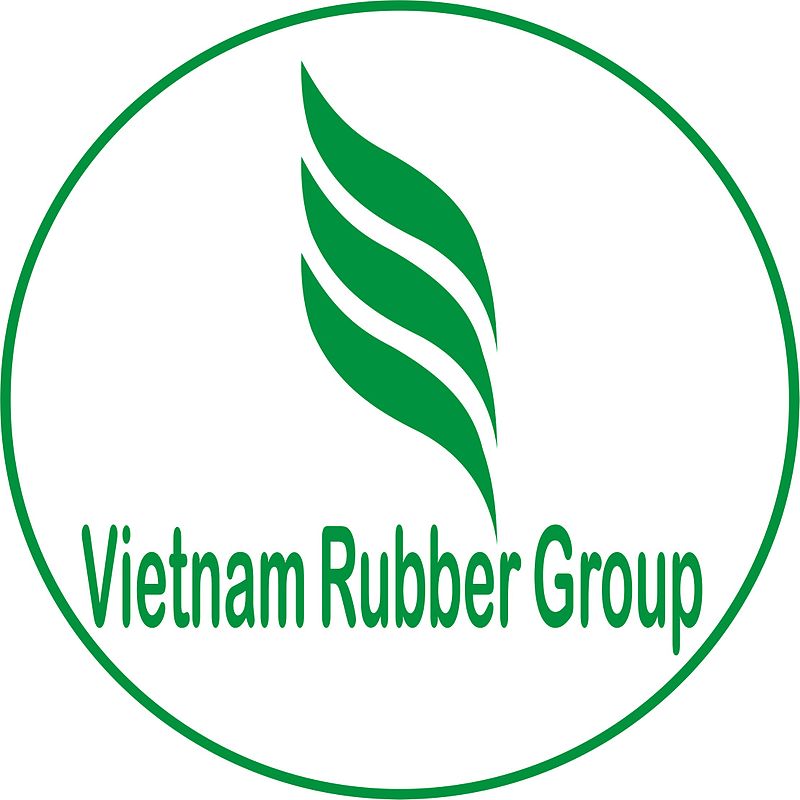##Industry Landscape##
### #Current Market Valuation#
The European automotive parts sector currently generates €359.4 billion annually, experiencing a compound annual decrease of 4% since 2019[2][9]. This contraction contrasts with 130,000+ available SKUs maintained by major distributors like GSF Car Parts[1][7][15]. Workforce metrics indicate 2 million employees sustain operations across manufacturing and distribution channels[2][9]. https://carparteu.com/
### #EV Transition Effects#
Accelerated adoption of plug-in electric cars drives 17% annual growth in power electronics demand, offsetting declining internal combustion engine parts[2][5]. The EU’s 2035 combustion engine ban threatens quarterly market shrinkage for traditional drivetrain suppliers[2][5].
##Compliance Ecosystem##
### #Vehicle Certification Protocols#
EU Directive 2007/46/EC enforces whole-vehicle homologation through e-Mark approvals covering 150+ technical regulations[3][10][14]. TÜV SÜD testing facilities validate crash safety metrics using R156 software update protocols[14][10].
### #Aftermarket Liberalization#
The 2024 EU Design Regulation dismantles OEM repair monopolies for headlamps, generating projected consumer cost reductions through independent workshop empowerment[5]. Transition periods vary: 8-year phaseouts across member states based on existing national laws[5].
##Supply Chain Architecture##
### #Key Market Players#
ALVADI dominate cross-border logistics with 500,000+ SKUs across 50 countries, leveraging 3PL partnerships for hourly workshop replenishment[4][8][11][13]. European Auto-Parts Exporters specialize in truck trailer parts, maintaining €200M inventories[12][13].
### #Quality Assurance Protocols#
SAE International standards ensure safety compliance through ISO/IEC 17025 testing of brake fluid formulations[6][14]. Euro Car Parts enforce VIN validation on aftermarket alternators[1][15].
##Innovation Frontiers##
### #Digital Integration#
Platforms like ALVADI.COM utilize AI recommendation engines achieving 5 million monthly queries, integrated with blockchain tracking[8][12][15]. FEBEST deploy QR code traceability across 15,400 article databases[4][11].
### #3D Printing Adoption#
Aftermarket suppliers pilot digital warehousing for discontinued components, reducing storage costs by nearly half through localized print hubs[9][13].
##Sector Pressures##
### #Profitability Stress#
Intensifying competition from Eastern European manufacturers forces 17% price reductions among German suppliers[9][10]. GSF counter with click-and-collect networks offering 30-minute fulfillment[1][15].
### #Workforce Gaps#
The automotive mechatronics transition creates critical technician shortages, prompting VR training simulators with FE colleges[12][15].
##Future Projections##
### #Sustainable Practices#
Remanufactured assemblies target €22B valuation through EU End-of-Life Vehicle Directive incentives[5][9]. Motor core refurbishment centers emerge near logistics corridors[2][14].
### #ADAS Adaptation#
Sensor fusion modules require ASIL-D certification, driving €3.4B R&D investments across Stuttgart[10][14].
##Conclusion#
#The EU automotive parts sector maneuvers through unprecedented transformation from right-to-repair policies. Market survivors will balance cost competitiveness with circular economy commitments. As ICE phaseouts accelerate, strategic pivots toward software-defined vehicle architectures separate winners from obsolete operators[2][5][9][14].#


BÀI VIẾT LIÊN QUAN
Ưu đãi lên tới 70 triệu dành cho khách hàng sở hữu xe ô tô điện VinFast tại Hà Nội
Shop Quần Áo Big Size Nam: Cẩm Nang Toàn Diện Tìm Kiếm Phong Cách & Sự Tự Tin
Let’s be Honest about Blaze AI – Updated 2025 Review
Phương pháp Buff View Beatstars nhanh – 0963138666
Tranh Đèn LED Là Gì? Tại Sao Ngày Càng Được Ưa Chuộng?
Exness – Sàn giao dịch Vàng hàng đầu cho Trader – Chọn lựa sáng suốt cho Trader! 🏆
QuickDirectory.biz – SEO Directory Site with Power, Submit Your Site Currently
Ưu đãi lên tới 70 triệu dành cho khách hàng sở hữu xe ô tô điện VinFast tại Hà Nội